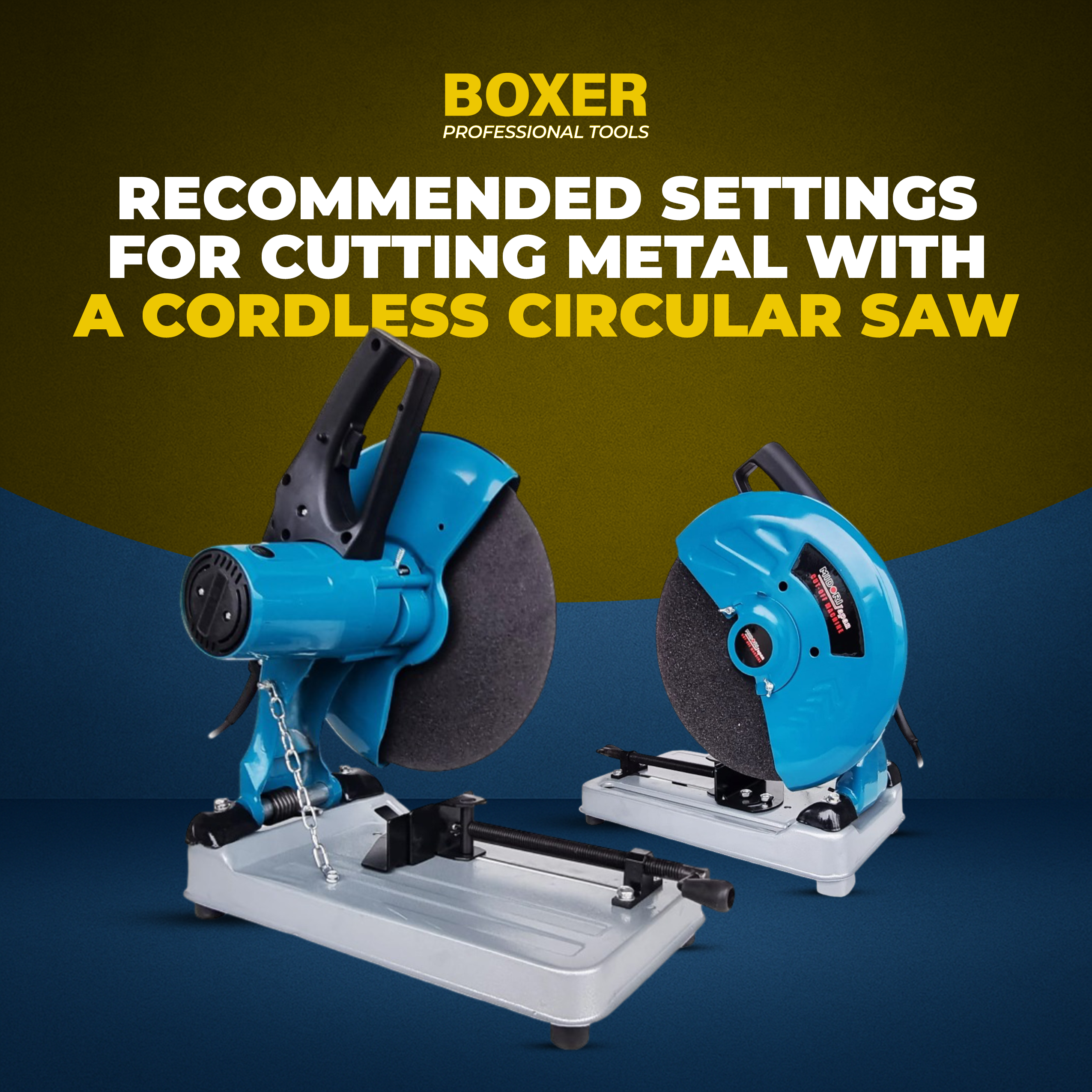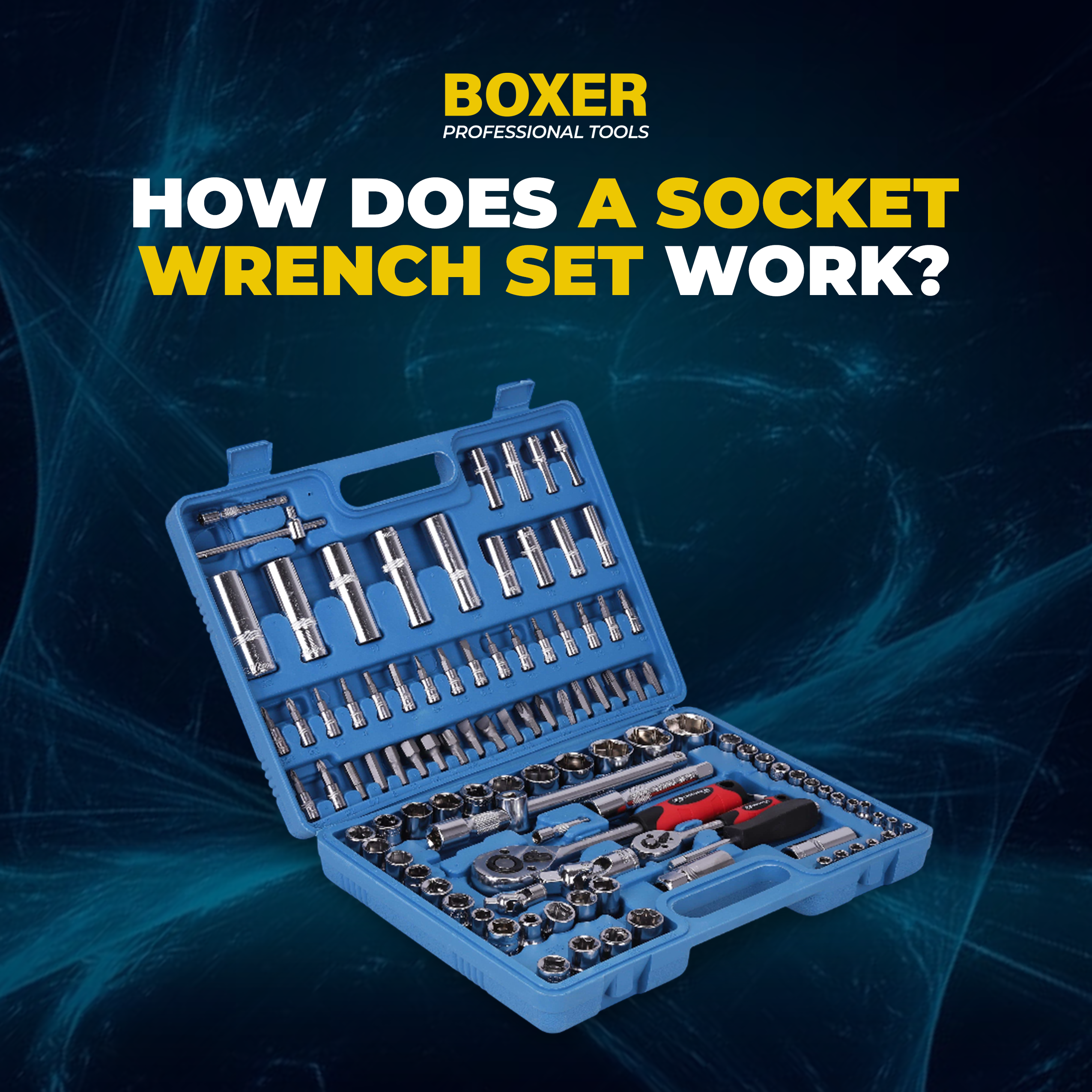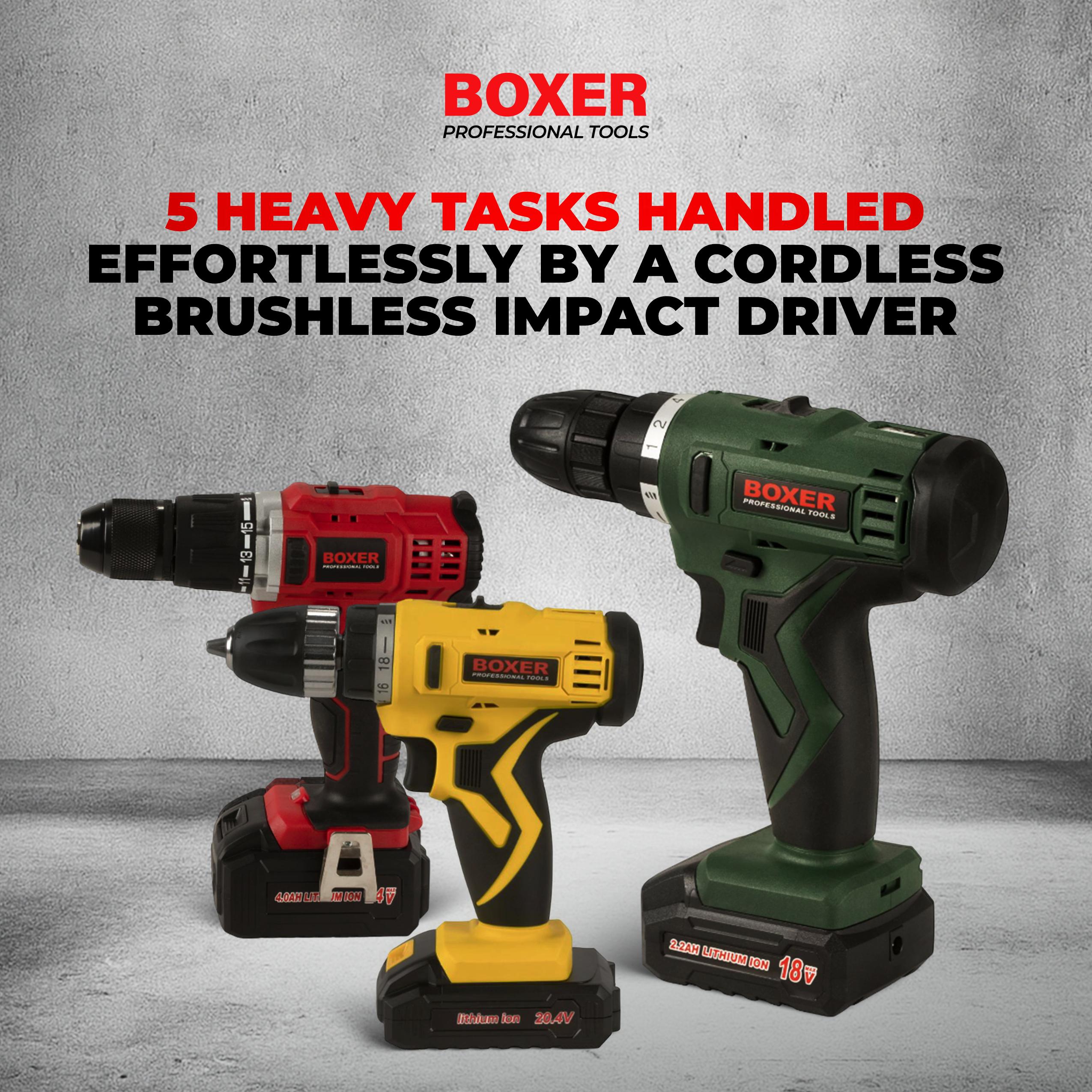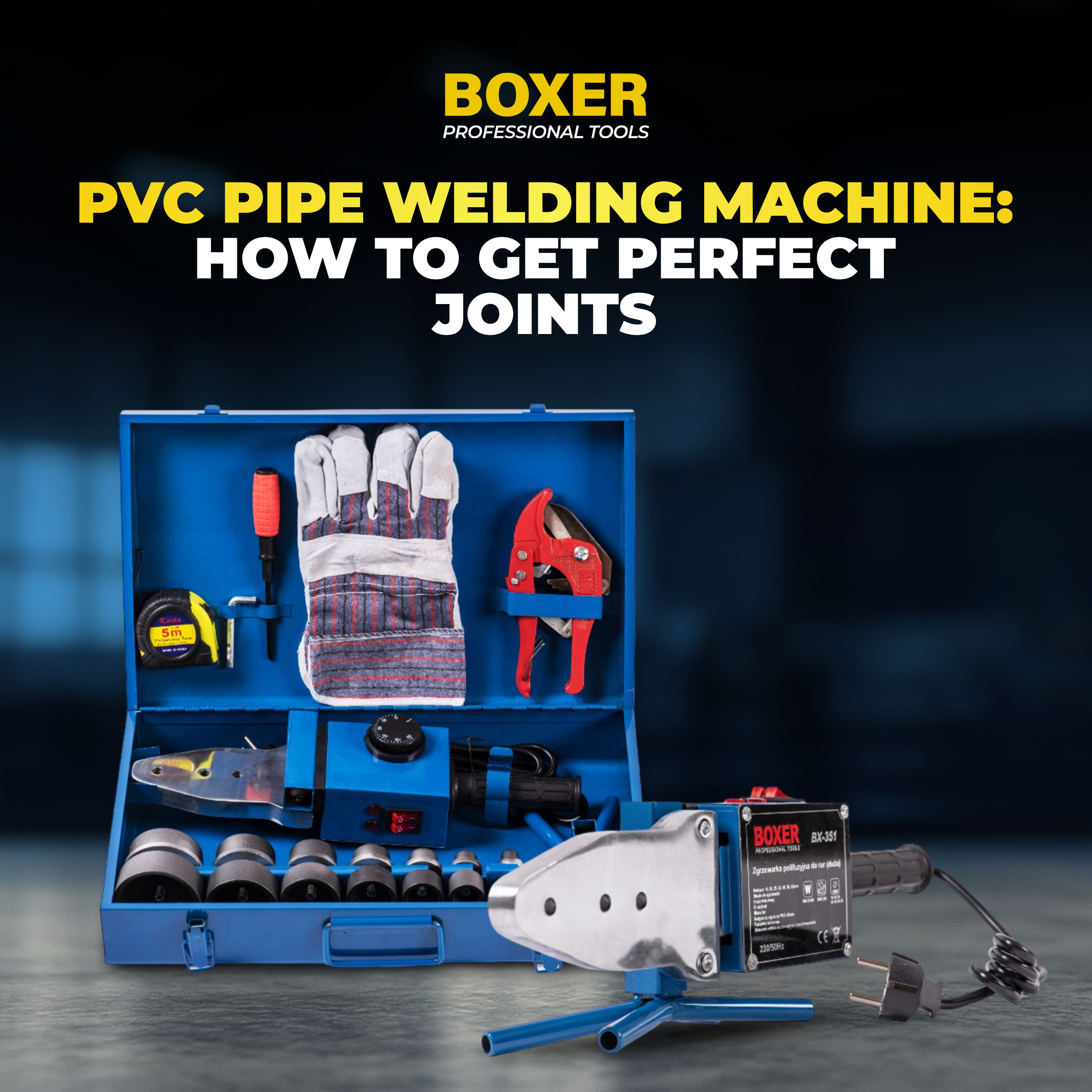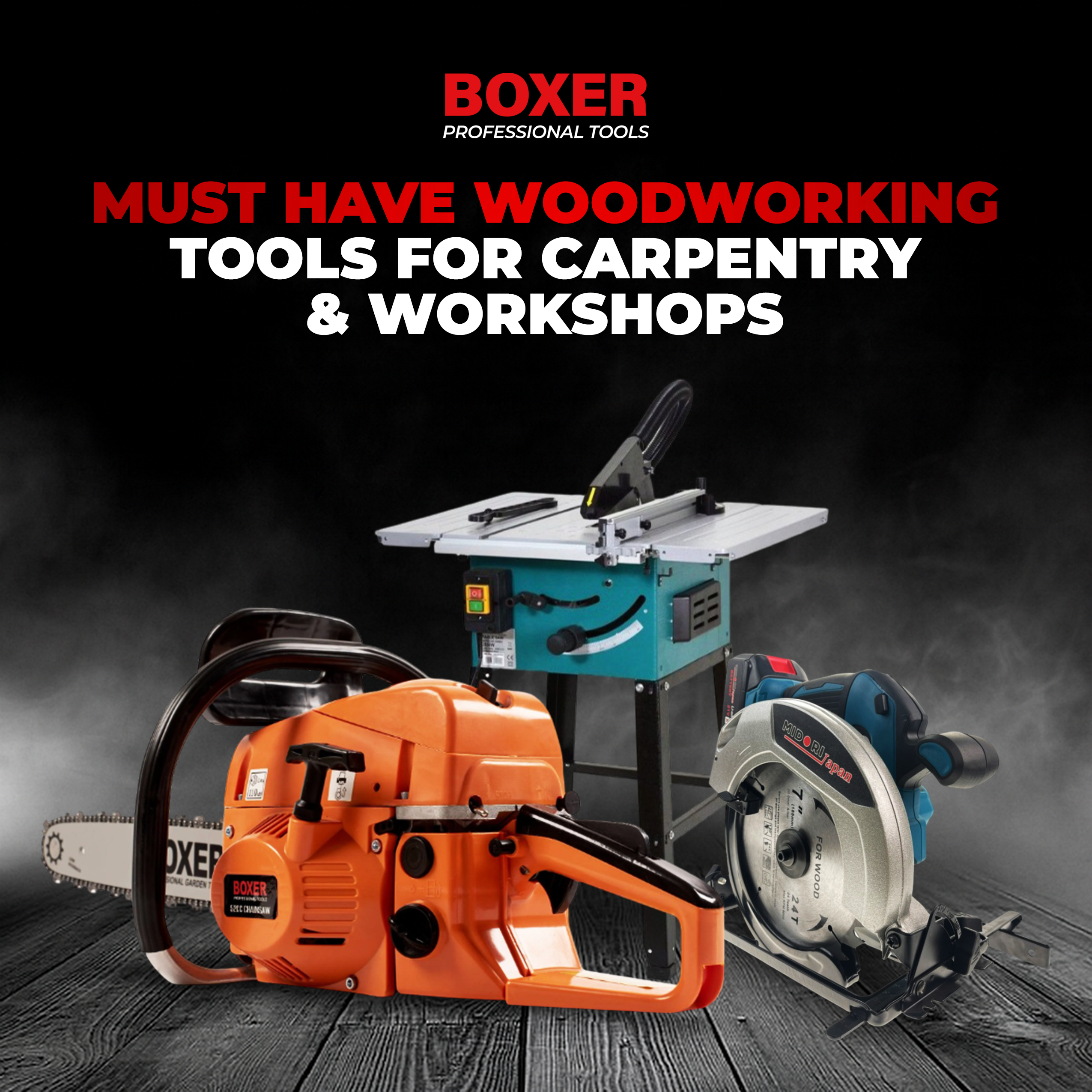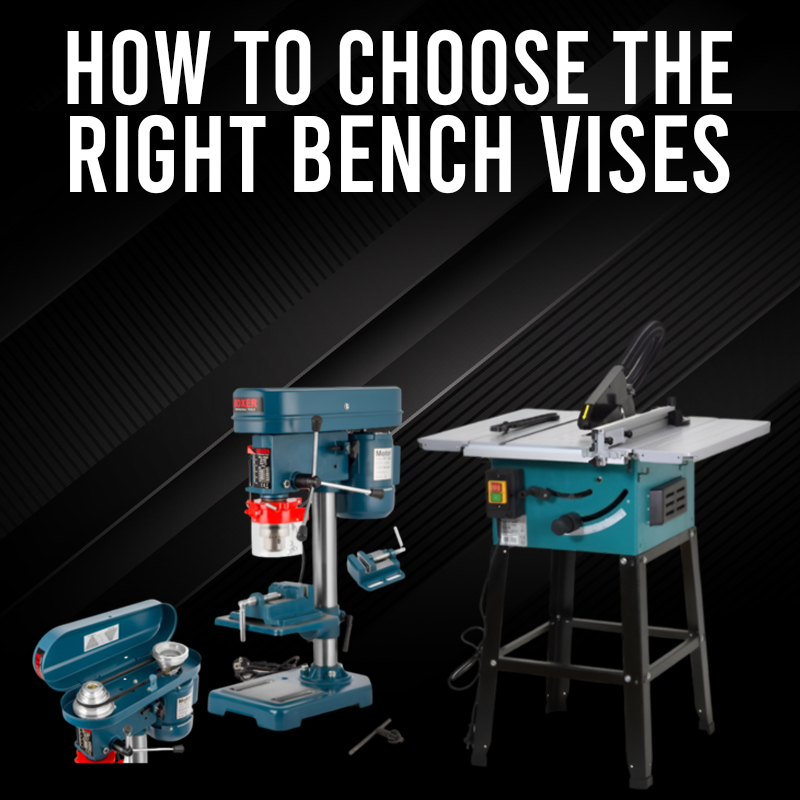
How to Choose the Right Bench Vises
A bench vise is an indispensable tool for any workshop, whether you're a professional mechanic, a DIY enthusiast, or a hobbyist. It provides a secure and stable platform for holding workpieces, allowing you to manipulate them with precision. With a wide range of bench vises available, selecting the right one for your specific needs can be overwhelming. This comprehensive guide will help you understand the different types of bench vises, their key features, and factors to consider when making a purchase.
Understanding Bench Vises
What is bench vise?
A bench vise is a clamping tool that is securely mounted to a workbench. It consists of two jaws that can be opened and closed to grip objects of various shapes and sizes. The vise is typically attached to a swivel base, allowing for adjustment of the workpiece's orientation.
Types of Bench Vises
- Machine Vise: Designed for heavy-duty applications in industrial settings, machine vises are typically large and robust. They feature hardened steel jaws and a strong base for holding large and heavy workpieces.
- Utility Vise: A versatile option suitable for a wide range of tasks, utility vises offer a balance of strength and precision. They are commonly used in home workshops and garages.
- Swivel Vise: This type of vise allows for 360-degree rotation of the jaws, providing flexibility in workpiece positioning. Swivel vises are ideal for tasks that require frequent adjustments.
- Pipe Vise: Specifically designed for gripping and cutting pipes, pipe vises have V-shaped jaws with serrated surfaces for a secure hold.
- Woodworkers' Vise: Tailored for woodworking applications, woodworkers' vises often feature quick-release mechanisms and softer jaws to protect delicate materials.
Key Features of a Bench Vise
Jaw Width
The jaw width is a crucial factor to consider when choosing a bench vise. It determines the maximum size of workpiece you can securely clamp between the jaws. For small-scale projects, a vise with a narrower jaw width might suffice, while larger workpieces will require a wider jaw opening. Consider the dimensions of the objects you typically work with to select the appropriate jaw width.
Jaw Depth
The jaw depth refers to the distance between the front edge of the jaw and the vise body. A deeper jaw allows for better clamping of irregularly shaped or oversized workpieces. However, a deeper jaw might also limit the overall height of the vise. Evaluate your specific needs to determine the optimal jaw depth for your workbench.
Jaw Material
The material used for the vise jaws significantly impacts its performance and durability. Hardened steel jaws are the most common and preferred choice due to their exceptional strength and resistance to wear. They provide an excellent grip on various materials and can withstand heavy-duty use. While other materials like cast iron or aluminum might be available, hardened steel is generally recommended for most applications.
Swivel Base
A swivel base is a valuable feature that enhances the versatility of a bench vise. It allows you to rotate the vise 360 degrees, providing flexibility in workpiece positioning. This is especially useful for tasks that require multiple angles or when working on irregularly shaped objects. If you anticipate needing to adjust the workpiece orientation frequently, a swivel base is a worthwhile investment.
Anvil
An integrated anvil is a practical addition to a bench vise. It offers a solid striking surface for tasks like shaping metal, cutting bolts, or driving chisels. The anvil is typically located at the base of the vise and can be a valuable tool for various workshop applications. Consider whether you will frequently use an anvil to determine if it's a necessary feature.
Mounting Style
The mounting style determines how the bench vise is attached to your workbench. Common options include C-clamp mounting, leg vise mounting, and built-in base mounting. C-clamp mounting is the most versatile, allowing you to easily move the vise to different locations. Leg vise mounting provides a more secure and rigid attachment, suitable for heavy-duty applications. Built-in base vises are permanently mounted to the workbench and offer excellent stability. Choose the mounting style that best suits your workspace and work habits.
Factors to Consider When Choosing a Bench Vise
- Intended Use: Determine the primary tasks you will be performing with the vise. This will help you select the appropriate type and size.
- Workpiece Size: Consider the dimensions of the largest workpieces you will be clamping.
- Workpiece Material: The material of your workpieces will influence the required jaw hardness and gripping power.
- Workspace Size: Ensure the bench vise fits comfortably on your workbench without obstructing your workspace.
- Budget: Bench vises come in a wide range of prices. Determine your budget before making a purchase.
How to Install a Bench Vise
Proper installation is crucial for the safe and effective use of a bench vise. Follow these steps for a secure and stable setup:
Choose a Suitable Location
Selecting the optimal placement for your bench vise is essential. Consider factors such as workspace layout, accessibility, and the types of work you'll be performing. Generally, positioning the vise near the edge of the workbench allows for better clearance when working with longer pieces.
Prepare the Mounting Surface
Ensure the area where you plan to mount the vise is clean, dry, and free from any obstructions. If necessary, level the surface to guarantee a stable foundation. For wooden workbenches, consider reinforcing the area with additional support to prevent the vise from pulling away from the bench over time.
Attach the Vise
Most bench vises come with mounting hardware, such as bolts, washers, and nuts. Refer to the manufacturer's instructions for specific guidance. Generally, you'll need to:
- Position the vise in the desired location on the workbench.
- Mark the bolt hole locations through the mounting feet of the vise.
- Drill pilot holes in the workbench to accommodate the bolts.
- Insert the bolts through the mounting holes and secure them with washers and nuts. Tighten the bolts evenly to prevent warping or stress on the vise.
Test the Vise
Once the vise is securely mounted, open and close the jaws to ensure smooth operation and proper alignment. Check for any wobble or instability. If the vise is not securely fastened, tighten the bolts as needed.
Additional Tips
- For heavier vises or demanding applications, consider using longer and thicker bolts for added security.
- If you're unsure about your installation skills, consult a professional for assistance.
- Regularly inspect the mounting hardware for signs of wear or loosening.
Maintenance and Care
- Clean Regularly: Remove debris and metal shavings from the jaws and vise body after each use.
- Lubricate Moving Parts: Apply a light coat of oil to the swivel mechanism and other moving parts to prevent rust and corrosion.
- Tighten Loose Parts: Check for loose bolts or screws and tighten them as needed.
- Store Properly: Cover the vise with a protective cover when not in use to prevent dust and debris buildup.
Additional Tips
- Consider purchasing a vise with interchangeable jaws for added versatility.
- Invest in high-quality vise accessories, such as jaw protectors and pipe clamps, to expand your vise's capabilities.
- Practice proper safety procedures when using a bench vise, including wearing protective gloves and eye protection.
Selecting the right bench vise is essential for efficient and safe workshop operations. By carefully considering the factors discussed in this guide, you can choose a vise that perfectly suits your needs. Remember to prioritize quality, durability, and versatility when making your purchase. With proper installation, maintenance, and care, your bench vise will be a valuable asset for years to come.
Ready to upgrade your workshop? Explore Boxer Tools' range of high-quality bench vises designed to meet the needs of both professionals and DIY enthusiasts. With a commitment to durability and performance, Boxer Tools offers a vise for every project. Visit our website or your nearest Boxer Tools retailer to find the perfect bench vise for your workshop.
Copyright © 2025 Boxertools | Powered By Orance Media Group


